Home>Articles>Why Is Water Dripping From My Overflow Pipe Water Heater
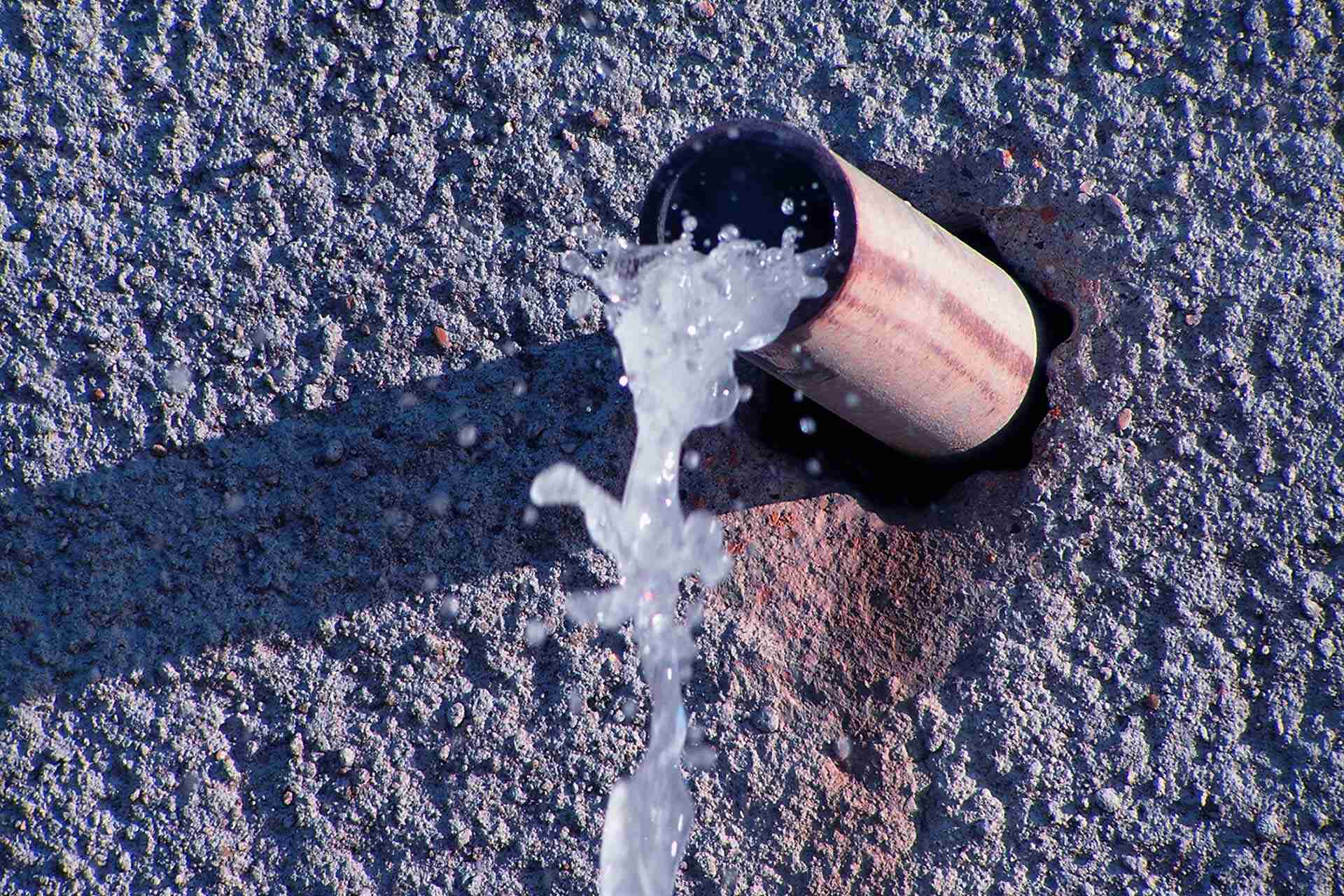

Articles
Why Is Water Dripping From My Overflow Pipe Water Heater
Modified: December 7, 2023
Discover what might be causing water to drip from your water heater's overflow pipe and how to fix it with these informative articles.
(Many of the links in this article redirect to a specific reviewed product. Your purchase of these products through affiliate links helps to generate commission for Storables.com, at no extra cost. Learn more)
Introduction
Water dripping from the overflow pipe of your water heater can be a cause for concern. Not only is it an inconvenience, but it may also indicate a potential problem with your water heater system. Understanding why this issue occurs and how to address it can help you prevent further damage and ensure the efficient operation of your water heater.
The overflow pipe, also known as the pressure relief pipe, is a crucial component of your water heater system. Its main purpose is to release excess pressure or hot water from the tank, preventing any potential damage or explosions that could occur if the pressure builds up too high.
In this article, we will explore the common causes of water dripping from the overflow pipe of your water heater and provide possible solutions to address these issues. By understanding the underlying reasons for this problem, you can take appropriate actions to resolve it and maintain the optimal functioning of your water heater system.
Let’s dive into the details.
Key Takeaways:
- Address water heater overflow pipe leaks promptly to prevent damage and ensure efficient operation. Regular maintenance and professional assistance are crucial for resolving issues effectively.
- Improving ventilation, reducing pressure, and inspecting/replacing valves are key steps to resolve water heater overflow pipe leaks. Seek professional guidance for tailored solutions.
Read more: Why Is My Water Heater Leaking From The Top
Understanding the Overflow Pipe
The overflow pipe, also known as the pressure relief pipe, plays a vital role in the overall operation of your water heater system. It is typically located on the side or top of the water heater tank and is connected to a valve known as the temperature and pressure relief valve (T&P valve).
When the pressure inside the water heater tank rises above the normal range or the temperature reaches a dangerous level, the T&P valve opens, allowing the excess pressure or hot water to escape through the overflow pipe. This release of pressure helps protect the tank from potentially exploding due to excessive pressure build-up.
In normal conditions, the overflow pipe should only release small amounts of moisture or heated water. However, if you notice a constant flow of water or a consistent drip from the overflow pipe, it indicates an underlying issue that requires attention.
Now that we understand the role of the overflow pipe in the water heater system, let’s explore the common causes of water dripping from the overflow pipe.
Causes of Water Dripping from the Overflow Pipe
There are several potential reasons why water may be dripping from the overflow pipe of your water heater. Understanding these causes can help you identify the underlying issue and take the necessary steps to resolve it. Here are some common causes:
Insufficient Ventilation
Inadequate ventilation around the water heater can lead to the build-up of excessive pressure. If the hot air produced by the water heater cannot escape properly, it can cause the pressure inside the tank to rise, resulting in water dripping from the overflow pipe. Ensure that the area around your water heater is properly ventilated to prevent this issue.
Excessive Pressure in the Water Heater Tank
If the pressure inside the water heater tank exceeds the normal range, it can cause water to drip from the overflow pipe. Several factors can contribute to increased pressure, including a malfunctioning temperature and pressure relief valve (T&P valve), a faulty pressure regulator, or an issue with the expansion tank. It is essential to identify and address the source of the excessive pressure to prevent further problems.
Valve Malfunction
A malfunctioning T&P valve can cause water to continuously drip from the overflow pipe. The T&P valve is designed to release pressure when it reaches unsafe levels. If the valve fails to close properly after releasing pressure, it can result in a steady flow of water from the overflow pipe. It is crucial to inspect and repair or replace any faulty valves to resolve this issue.
Temperature and Pressure Relief Valve (T&P Valve) Issues
The T&P valve itself may become defective over time, leading to water dripping from the overflow pipe. If the valve is worn out or damaged, it may not function correctly, causing water to leak continuously. Replacing the faulty T&P valve can solve this problem and ensure the safe operation of your water heater system.
By understanding these common causes, you can begin troubleshooting the issue and determine the appropriate solution. In the next sections, we will delve deeper into each cause and provide possible solutions to address water dripping from the overflow pipe of your water heater.
Insufficient Ventilation
Insufficient ventilation around your water heater can be a leading cause of water dripping from the overflow pipe. When a water heater operates, it generates heat that can create hot air inside the tank. This hot air needs to escape, and if there is inadequate ventilation, it can result in increased pressure inside the tank, leading to water leakage from the overflow pipe.
To ensure proper ventilation, make sure that the area around your water heater is clear of any obstructions. Avoid placing items or debris near the water heater that can block air circulation. Additionally, check if the ventilation system, such as vents or ducts, connected to the water heater is free from any restrictions or blockages.
If you notice that your water heater is located in a closed or confined space without proper ventilation, it may be necessary to install additional ventilation options such as vents or fans. These can help improve airflow and prevent the build-up of pressure inside the tank, reducing the chances of water dripping from the overflow pipe.
Regularly inspecting and maintaining the ventilation system around your water heater is essential to ensure its smooth operation and prevent potential issues. By ensuring proper ventilation, you can minimize the risk of water leakage and ensure the optimal performance of your water heater.
If the issue of water dripping from the overflow pipe persists even after improving ventilation, there may be other underlying causes contributing to the problem. It is recommended to proceed to the next section to explore other potential causes and their respective solutions.
Excessive Pressure in the Water Heater Tank
Excessive pressure inside the water heater tank is another common cause of water dripping from the overflow pipe. Several factors can contribute to increased pressure, and identifying the source is crucial in resolving the issue.
One potential cause of excessive pressure is a malfunctioning temperature and pressure relief valve (T&P valve). The T&P valve is designed to release pressure when it reaches unsafe levels. If the valve is faulty or fails to close properly after releasing pressure, it can result in a continuous flow of water from the overflow pipe. In this case, inspecting and repairing or replacing the T&P valve can solve the problem.
Another reason for increased pressure may be a faulty pressure regulator. The pressure regulator is responsible for controlling the water pressure entering the tank. If the regulator malfunctions and fails to regulate the pressure accurately, it can lead to the build-up of excessive pressure in the tank. Replacing the faulty pressure regulator can help restore normal water pressure and prevent water leakage from the overflow pipe.
Additionally, an expansion tank plays a vital role in managing pressure fluctuations in the water heater system. If the expansion tank is defective or incorrectly sized, it can contribute to increased pressure inside the tank, causing water to drip from the overflow pipe. Checking the condition and size of the expansion tank and replacing it if necessary can help mitigate pressure-related issues.
It is important to note that high-pressure water supply from the main line can also contribute to increased pressure in the tank. If you suspect that this is the case, it is recommended to install a pressure regulator or pressure-reducing valve (PRV) on the main water supply line. This will help maintain a steady and safe water pressure for your water heater, reducing the risk of water dripping from the overflow pipe.
By identifying and addressing the sources of excessive pressure in the water heater tank, you can effectively resolve the issue of water dripping from the overflow pipe. However, if the problem persists, it is advisable to proceed to the next section to explore other possible causes and their corresponding solutions.
Read more: Why Is My Range Hood Dripping Water
Valve Malfunction
A valve malfunction is another potential cause of water dripping from the overflow pipe of your water heater. Specifically, a malfunctioning temperature and pressure relief valve (T&P valve) can lead to continuous water leakage.
The T&P valve is responsible for releasing pressure and hot water when the pressure or temperature inside the water heater tank exceeds safe limits. It is a crucial safety mechanism designed to prevent the tank from exploding or experiencing other hazardous conditions.
If the T&P valve is not functioning properly, it may fail to close completely after releasing pressure, resulting in a constant drip from the overflow pipe. This can happen due to various reasons such as corrosion, debris buildup, or a faulty internal mechanism.
To address a valve malfunction, start by inspecting the T&P valve for any visible signs of damage or corrosion. If you notice any issues, such as rust or visible leaks, it is recommended to replace the valve. A professional plumber can help you choose the appropriate valve and properly install it to ensure its reliable operation.
It is important to note that tampering with the T&P valve or attempting to repair it yourself can be dangerous and may void your water heater warranty. It is always best to consult a qualified professional to handle any valve-related repairs or replacements.
Regular maintenance of the T&P valve is crucial to ensure its proper functioning. It is recommended to have the valve tested annually by a professional to verify its operation and prevent potential issues.
In some cases, multiple valves may be installed within the water heater system, such as a pressure relief valve or a drain valve. These valves can also contribute to water leakage if they are faulty or improperly closed. Inspecting and repairing or replacing these valves as necessary can help resolve the issue of water dripping from the overflow pipe.
By addressing valve malfunctions promptly and ensuring regular maintenance, you can prevent water leakage from the overflow pipe and maintain the safe operation of your water heater system.
If you are still experiencing water dripping from the overflow pipe after addressing valve malfunctions, continue reading to explore another potential cause and its solution.
Temperature and Pressure Relief Valve (T&P Valve) Issues
The Temperature and Pressure Relief (T&P) valve is a crucial component of your water heater system. It is responsible for releasing excess pressure and hot water from the tank if it reaches unsafe levels. However, issues with the T&P valve can also lead to water dripping from the overflow pipe.
One possible issue is that the T&P valve may be malfunctioning or stuck in the open position. This can result in a continuous flow of water from the overflow pipe. In such cases, it is important to inspect the valve for any signs of damage, corrosion, or debris buildup.
If you notice any visible issues with the T&P valve, such as leaks or signs of corrosion, it is recommended to replace the valve. It is crucial to choose a valve that is compatible with your water heater system and to follow the manufacturer’s guidelines for proper installation.
In some cases, the T&P valve may be working correctly, but the pressure or temperature inside the tank is consistently above the recommended levels. This can lead to water dripping from the overflow pipe. To address this, you may need to adjust the temperature setting on your water heater or consider installing a thermostatic mixing valve to regulate the hot water temperature.
It is important to note that tampering with the T&P valve or attempting to repair it yourself can be dangerous and may void your water heater warranty. It is always best to consult a qualified professional to handle any valve-related repairs or replacements.
Regular maintenance of the T&P valve is essential to ensure its proper functioning. It is recommended to have the valve tested annually by a professional to verify its operation and prevent potential issues. Additionally, flushing the tank periodically to remove sediment and debris can also help prevent T&P valve problems and water leakage from the overflow pipe.
By addressing T&P valve issues promptly and ensuring regular maintenance, you can prevent water leakage from the overflow pipe and maintain the safe and efficient operation of your water heater system.
If you are still experiencing water dripping from the overflow pipe after addressing T&P valve issues, let’s explore other potential causes and their respective solutions.
Possible Solutions
Now that we have explored the common causes of water dripping from the overflow pipe of your water heater, let’s discuss possible solutions to address these issues. Keep in mind that it is always recommended to consult a professional plumber to accurately diagnose and fix any water heater problems.
Checking for Ventilation Issues
If insufficient ventilation is identified as a cause of water dripping from the overflow pipe, take steps to improve airflow around the water heater. Clear any obstructions near the water heater, ensure vents and ducts are free from blockages, and consider installing additional ventilation options if needed.
Read more: Why Is My Water Heater Whistling
Reducing Pressure in the Water Heater Tank
If excessive pressure is the culprit, start by inspecting the T&P valve for any signs of malfunction or leaks. Replace the valve if necessary and ensure it operates correctly. Additionally, check the pressure regulator and expansion tank for any faults and replace them if needed. Install a pressure regulator or pressure-reducing valve (PRV) on the main water supply line if high water pressure is a concern.
Repairing or Replacing Malfunctioning Valves
If a malfunctioning valve is causing water leakage, such as the T&P valve or other valves within the system, inspect them for damage or corrosion. Replace any faulty valves and ensure proper installation to resolve the issue.
Replacing the Temperature and Pressure Relief Valve (T&P Valve)
If T&P valve issues persist even after inspection and maintenance, consider replacing the valve entirely. Choose a compatible valve and have it professionally installed to ensure its reliable operation.
Remember, each water heater system is unique, and the appropriate solution may vary. It is always recommended to consult a professional plumber to accurately diagnose the issue and provide tailored solutions for your specific situation.
By addressing the underlying causes and implementing the necessary solutions, you can effectively resolve the issue of water dripping from the overflow pipe, ensuring the optimal performance and safety of your water heater system.
If you have exhausted these solutions but are still experiencing water dripping from the overflow pipe, it is advisable to seek professional assistance to identify and resolve the issue.
Checking for Ventilation Issues
If insufficient ventilation is identified as the cause of water dripping from the overflow pipe of your water heater, it is important to take steps to improve the airflow around the unit. Inadequate ventilation can lead to the buildup of excessive pressure inside the water heater tank, resulting in water leakage through the overflow pipe.
Start by checking the area surrounding your water heater. Make sure there are no obstructions like boxes, furniture, or clutter blocking the airflow. Ensure that the space is clear and easily accessible for proper ventilation.
Next, inspect the ventilation system connected to the water heater. This may include vents or ducts that allow for the release of hot air. Ensure that these vents are not obstructed or blocked by dust, debris, or other foreign objects.
If you find any obstructions, carefully remove them to allow for better airflow. Use a vacuum or a soft brush to clean any accumulated dust or debris from the vents and ducts. This will improve the ventilation and prevent the buildup of excessive pressure inside the water heater tank.
In some cases, the existing ventilation system may not be sufficient to adequately release the hot air produced by the water heater. In such situations, you may need to install additional ventilation options, such as vents or fans, to improve the airflow. Consult with a professional to ensure the proper installation and functioning of these ventilation enhancements.
Regular upkeep of the ventilation system is essential for optimal water heater performance. Periodically check the vents and ducts for any signs of damage or blockage, and clean them as needed. This will help maintain proper airflow and prevent issues like water dripping from the overflow pipe.
By addressing ventilation issues, you can mitigate the risk of excessive pressure buildup in the water heater tank and minimize the occurrence of water leakage through the overflow pipe. However, if the problem continues despite ventilation improvements, it is recommended to explore other potential causes and their respective solutions.
Read more: Why Is My Water Heater Popping
Reducing Pressure in the Water Heater Tank
If excessive pressure is the source of water dripping from the overflow pipe of your water heater, it is important to take steps to reduce the pressure within the tank. Excess pressure can lead to water leakage and potential damage to your water heater system.
Inspect the Temperature and Pressure Relief (T&P) Valve
Begin by inspecting the T&P valve, which is designed to release pressure when it reaches unsafe levels. Make sure the valve is not malfunctioning or stuck in the open position. Check for any signs of damage, corrosion, or leaks. If you notice any issues with the T&P valve, it is recommended to replace it to ensure proper functioning and prevent water leakage.
Check the Pressure Regulator
Examine the pressure regulator connected to your water heater system. The pressure regulator helps control and maintain the water pressure entering the tank. If the pressure regulator is faulty or not functioning correctly, it can contribute to increased pressure inside the tank. Replace the pressure regulator if necessary to regulate the water pressure and prevent excessive pressure buildup.
Inspect the Expansion Tank
An expansion tank is an essential component of the water heater system, especially in closed-loop systems. It helps absorb excess pressure that occurs during the heating process. If the expansion tank is defective or incorrectly sized, it can contribute to increased pressure inside the water heater tank. Check the condition and size of the expansion tank, and replace it if needed, to ensure proper pressure management and prevent water leakage.
Install a Pressure-Reducing Valve (PRV)
If your water heater experiences high water pressure from the main line, installing a pressure-reducing valve (PRV) can help regulate and maintain a safe water pressure within the tank. A PRV is typically installed on the main water supply line and is designed to lower the water pressure to a specified level. This can help prevent excessive pressure buildup and reduce the risk of water dripping from the overflow pipe.
It is important to seek the assistance of a professional plumber to accurately diagnose and install the appropriate valves or regulators for your specific water heater system. They can provide guidance on the correct size and type of valves to ensure optimal pressure regulation and prevent future issues.
By reducing pressure in the water heater tank, you can alleviate the risk of water leakage from the overflow pipe and maintain the efficient and safe operation of your water heater system. However, if the problem persists, it is recommended to explore other potential causes and their respective solutions.
Repairing or Replacing Malfunctioning Valves
If malfunctioning valves are the cause of water dripping from the overflow pipe of your water heater, it is important to address these issues promptly. Faulty valves can disrupt the proper functioning of the water heater system and lead to various problems, including water leakage.
Inspect the Valves
Begin by inspecting all the valves within the water heater system, including the temperature and pressure relief (T&P) valve, drain valve, and any other valves present. Look for signs of damage, corrosion, leaks, or any other visible issues. Valves should be fully closed when not in use, and any leaks or malfunctions should be addressed immediately.
Repairing Valves
If you identify a valve that is showing signs of malfunction but is still salvageable, you may consider repairing it. Some issues can be resolved by cleaning the valve and removing any debris or mineral buildup that may be affecting its operation. However, valve repairs should be undertaken cautiously and following the manufacturer’s guidelines to avoid causing further damage or compromising the safety of the water heater system.
Read more: Why My Water Heater Is Not Working
Replacing Faulty Valves
In cases where valves are severely damaged, corroded, or cannot be repaired effectively, replacement is often the best course of action. It is important to choose valves that are compatible with your water heater system and meet the necessary specifications. Consult with a professional plumber to ensure the correct valves are selected and properly installed.
The replacement process typically involves shutting off the water supply, draining the tank to relieve pressure, and carefully removing the old valve before installing the new one. It is important to follow all safety precautions and adhere to local plumbing codes during the valve replacement process.
Regular maintenance of valves is crucial to prevent malfunctions and water leakage. This includes routine inspections, cleaning, and testing to ensure proper functioning. Annual inspections by a professional plumber can help identify any early signs of valve issues and address them before they lead to more significant problems.
By repairing or replacing malfunctioning valves in your water heater system, you can ensure the smooth operation of the system and prevent water leakage from the overflow pipe. However, if the issue persists, it is recommended to explore other potential causes and their respective solutions.
Replacing the Temperature and Pressure Relief Valve (T&P Valve)
If issues with the Temperature and Pressure Relief (T&P) valve persist and continue to cause water dripping from the overflow pipe of your water heater, it may be necessary to replace the valve entirely. The T&P valve is a crucial safety component that helps regulate pressure and temperature within the water heater tank.
Identify a Faulty T&P Valve
Start by inspecting the T&P valve for any visible signs of damage, corrosion, or leaks. If you notice these issues or if the valve has previously failed to operate correctly, it is likely that it needs replacement.
Turn off Power and Water Supply
Before replacing the T&P valve, it is important to turn off the power to the water heater and shut off the water supply. This will ensure your safety and prevent any damage or accidents during the replacement process.
Read more: Why Are My Gutters Dripping
Drain the Water Heater
Next, drain the water heater tank to relieve pressure and allow for the replacement of the T&P valve. Attach a hose to the drain valve at the bottom of the tank and direct it to a suitable drainage area. Open the drain valve and let the water flow out until the tank is fully drained.
Remove the Old T&P Valve
Carefully remove the old T&P valve from the water heater tank. This can usually be done by loosening and unscrewing the valve from its fitting. Be cautious and use any necessary tools to detach the valve without causing damage to the tank or surrounding components.
Install the New T&P Valve
Once the old valve is removed, install the new T&P valve by carefully attaching it to the valve fitting on the water heater tank. Ensure a secure and watertight connection, following any manufacturer-specific instructions or guidelines.
Restore Power and Water Supply
Once the new T&P valve is properly installed, close the drain valve, restore the power to the water heater system, and turn on the water supply. This will allow the tank to refill and resume normal operation.
It is important to test the new T&P valve after installation to ensure it is functioning correctly. This can be done by manually opening the valve and checking for any water leakage or abnormalities. If the valve operates smoothly and doesn’t show any signs of malfunction, you can rest assured that it is properly installed.
Remember, it is crucial to seek the assistance of a professional plumber if you are unsure about the replacement process or if you encounter any difficulties during the installation. They have the expertise and knowledge to perform the task safely and effectively.
By replacing a faulty T&P valve, you can ensure the safe operation of your water heater system and prevent water dripping from the overflow pipe. However, if the issue persists, it is advisable to explore other potential causes and their respective solutions.
Read more: Why Does My Ice Maker Overflow
Conclusion
Water dripping from the overflow pipe of your water heater can be a concerning issue, but addressing it promptly is crucial to prevent further damage and maintain the efficient operation of your water heater system.
In this article, we have discussed the common causes of water dripping from the overflow pipe, including insufficient ventilation, excessive pressure in the water heater tank, valve malfunctions, and issues with the Temperature and Pressure Relief (T&P) valve.
To resolve these issues, we have provided possible solutions, such as improving ventilation around the water heater, reducing pressure in the tank through inspecting and replacing valves, and replacing a faulty T&P valve if necessary.
It is important to note that while the solutions outlined in this article can help address the most common causes of water dripping from the overflow pipe, every water heater system is unique, and it is recommended to consult a professional plumber for accurate diagnosis and tailored solutions.
Maintaining regular maintenance of your water heater system, including inspecting valves, checking ventilation, and testing the T&P valve annually, can help prevent future issues and ensure the safe operation of the system.
Remember, your safety and the proper functioning of your water heater system should always be prioritized. If you are uncertain or uncomfortable performing any troubleshooting or repairs, do not hesitate to seek professional assistance.
By understanding the causes and implementing the necessary solutions, you can effectively address water dripping from the overflow pipe and enjoy a properly functioning and reliable water heater system.
If the problem persists or if you have any concerns, it is always best to consult with a professional plumber who can provide expert guidance and assistance tailored to your specific situation.
Frequently Asked Questions about Why Is Water Dripping From My Overflow Pipe Water Heater
Was this page helpful?
At Storables.com, we guarantee accurate and reliable information. Our content, validated by Expert Board Contributors, is crafted following stringent Editorial Policies. We're committed to providing you with well-researched, expert-backed insights for all your informational needs.
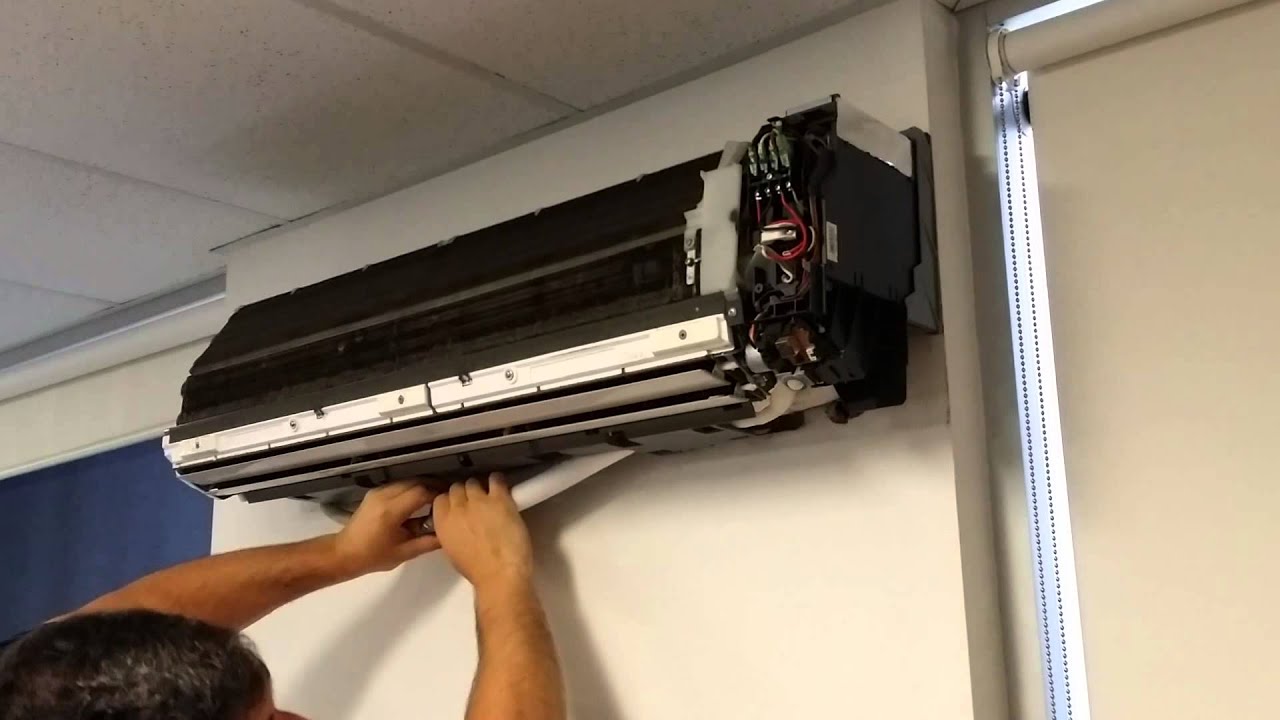
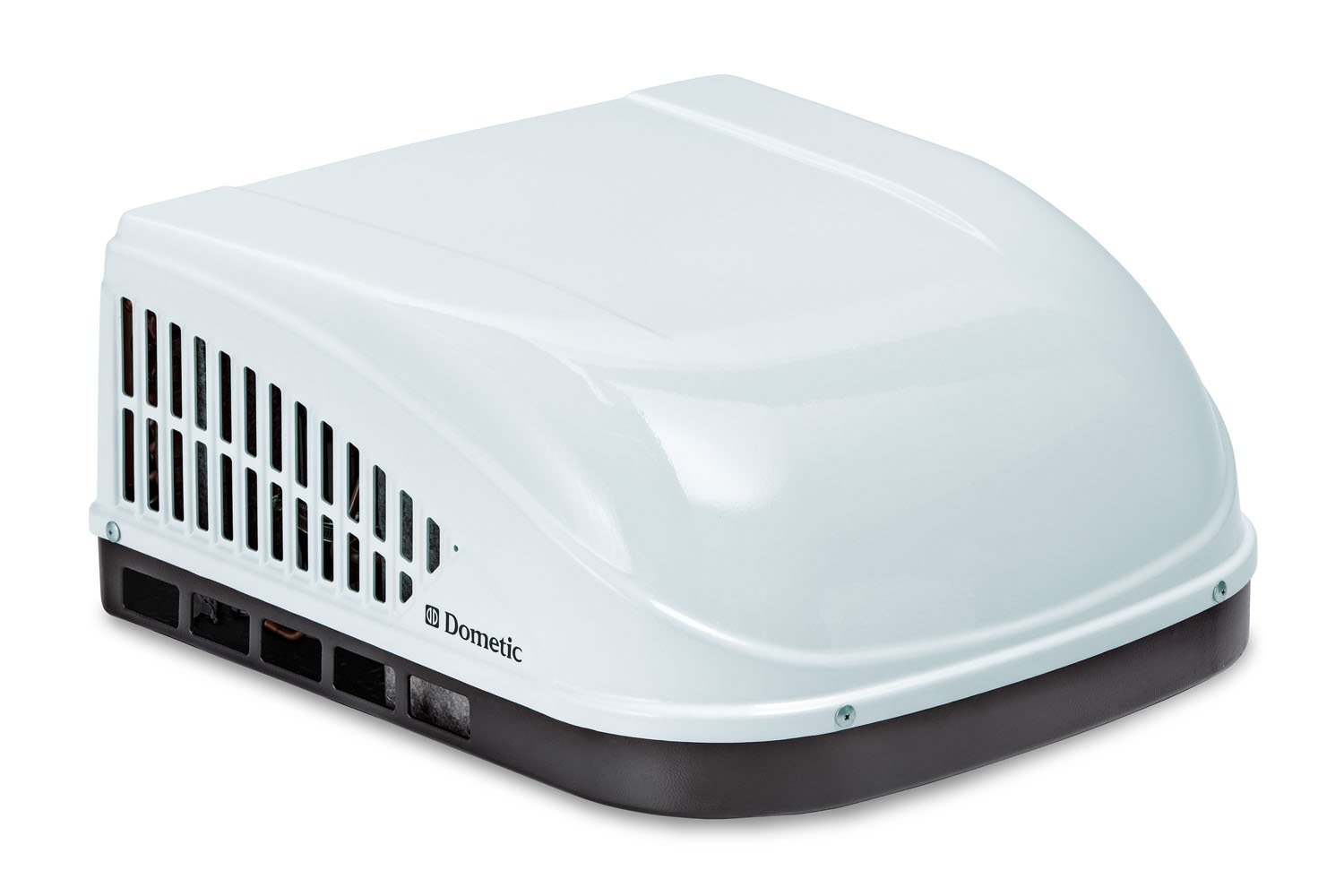
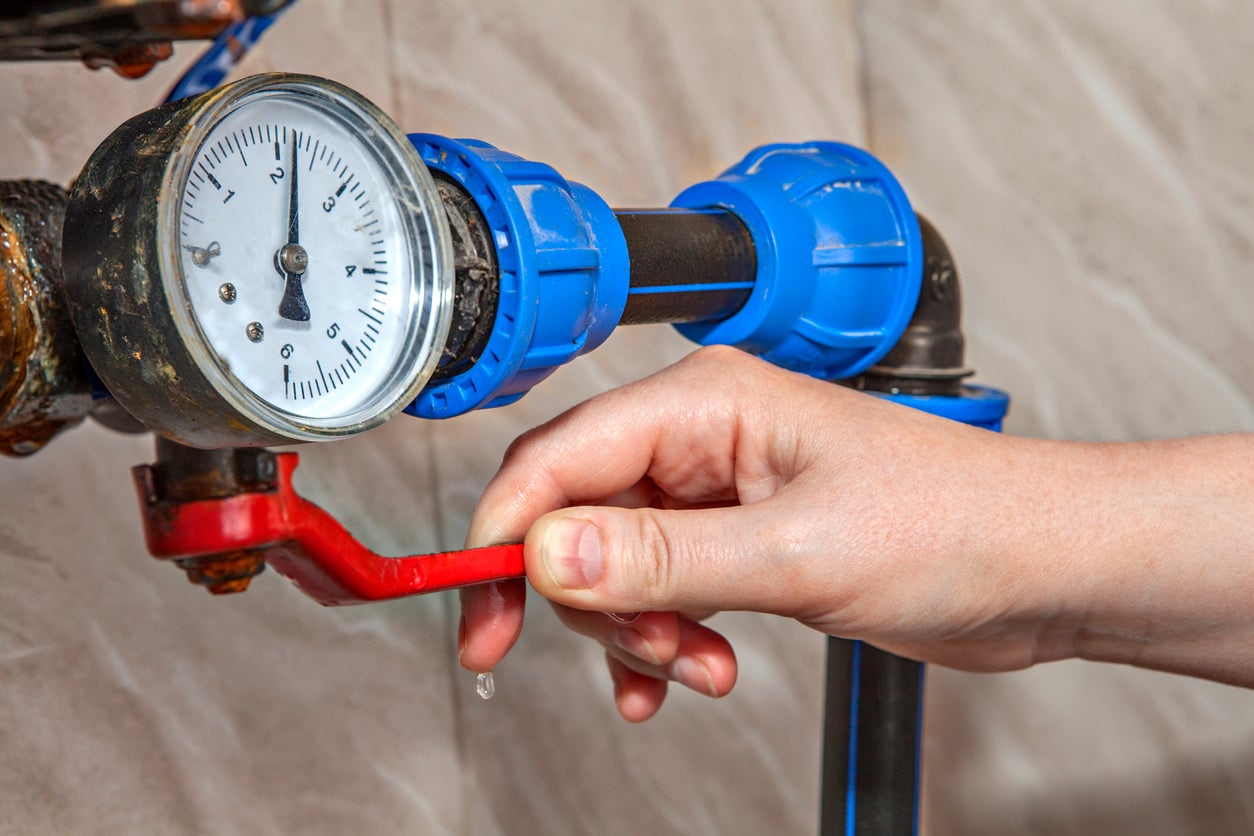
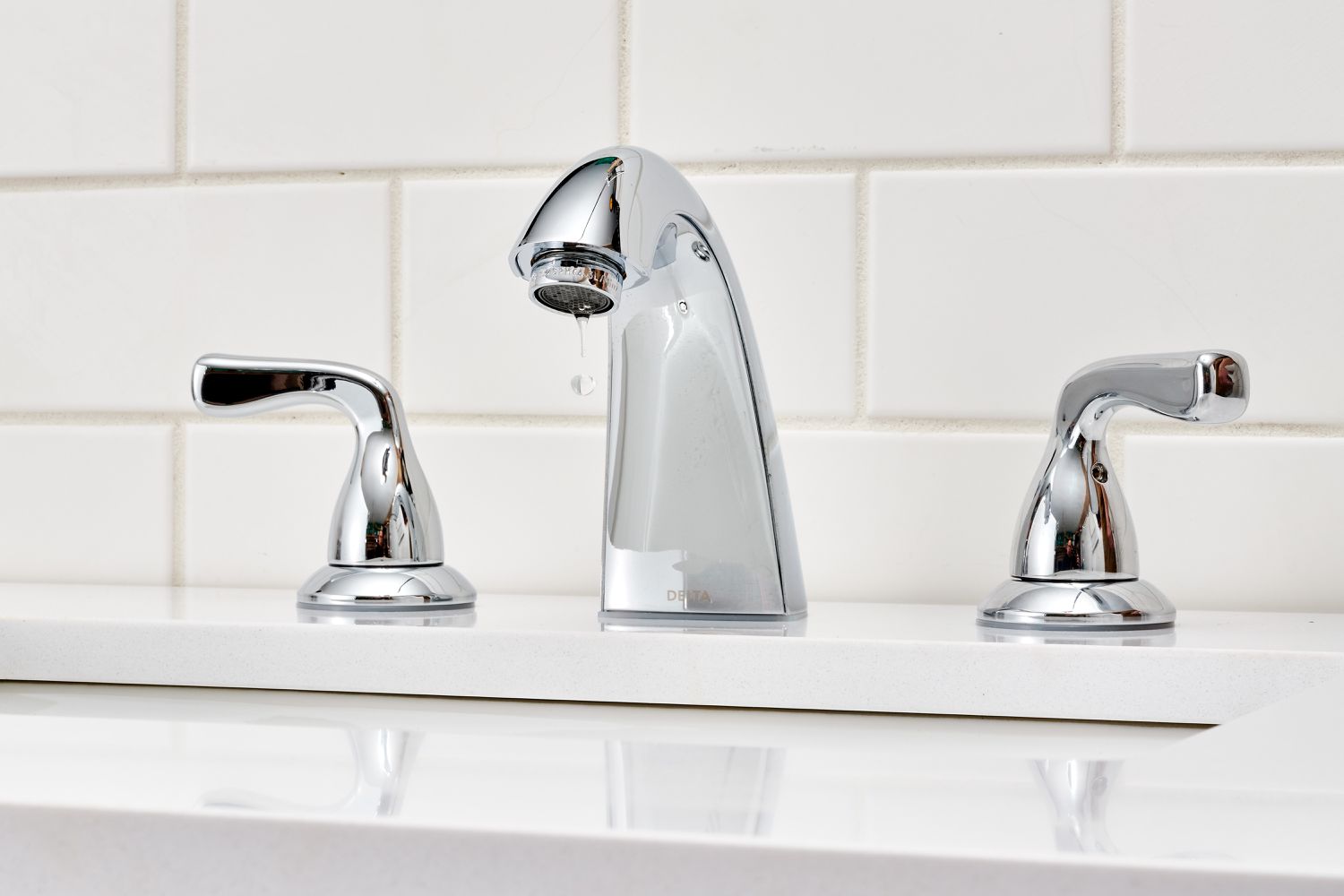
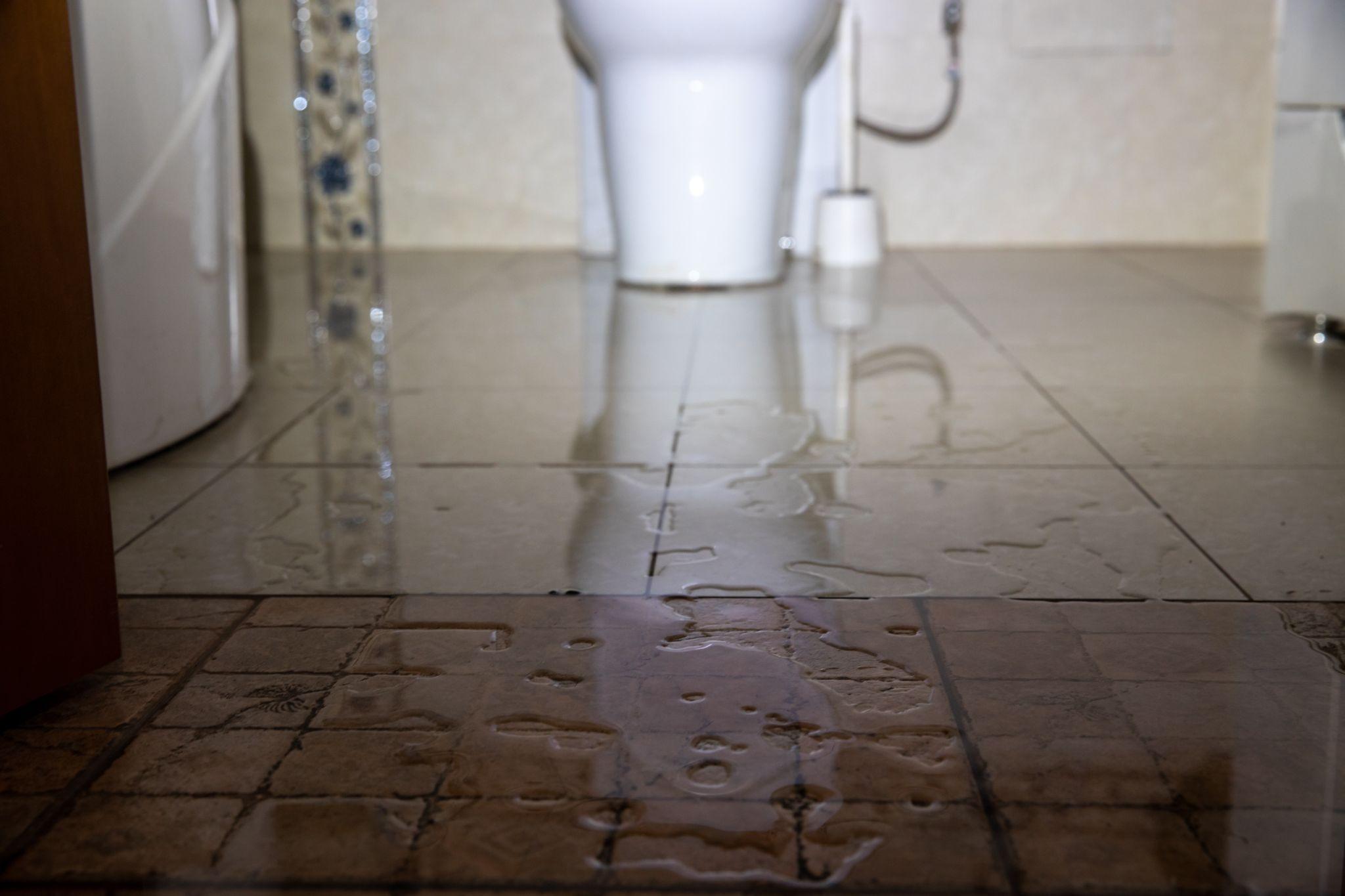
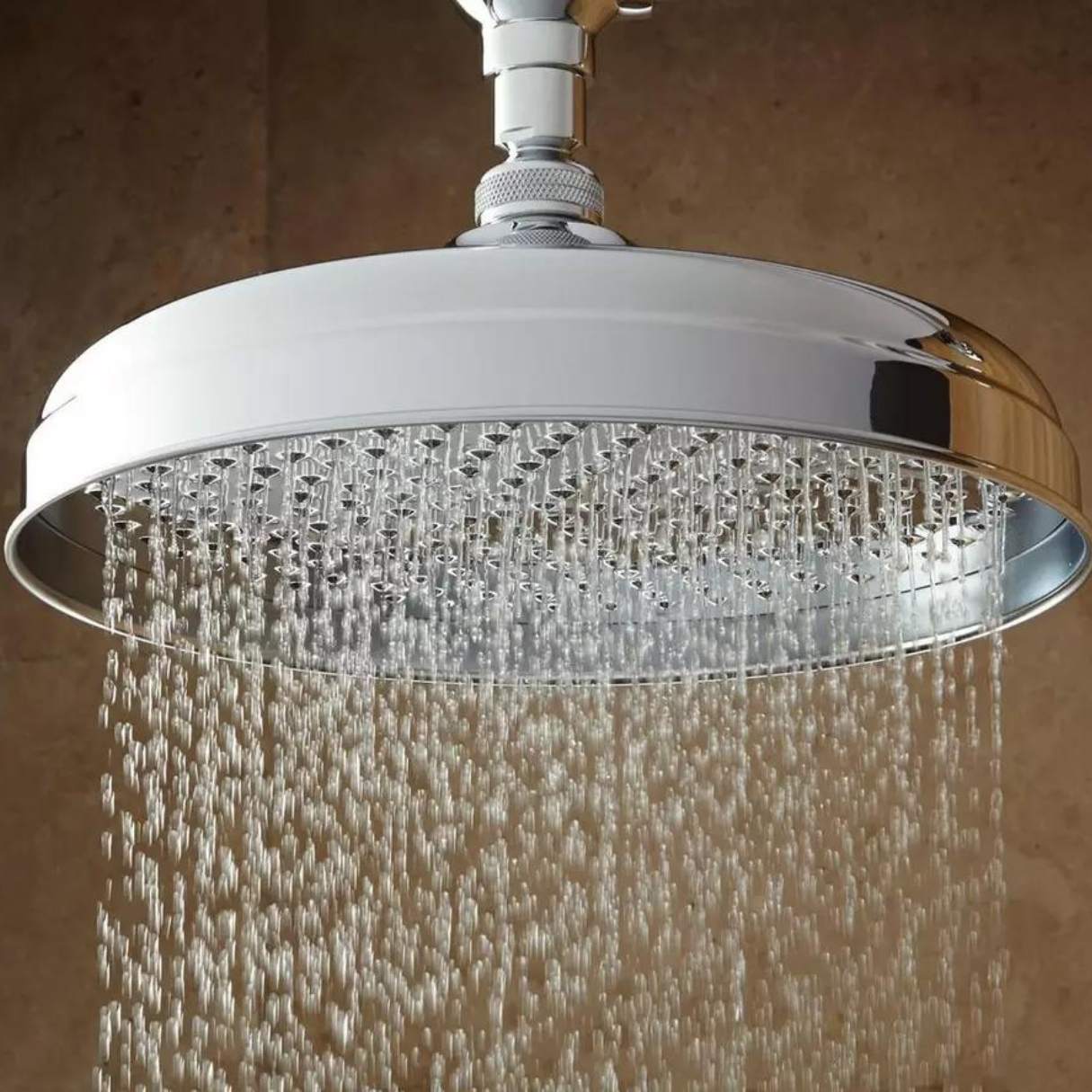
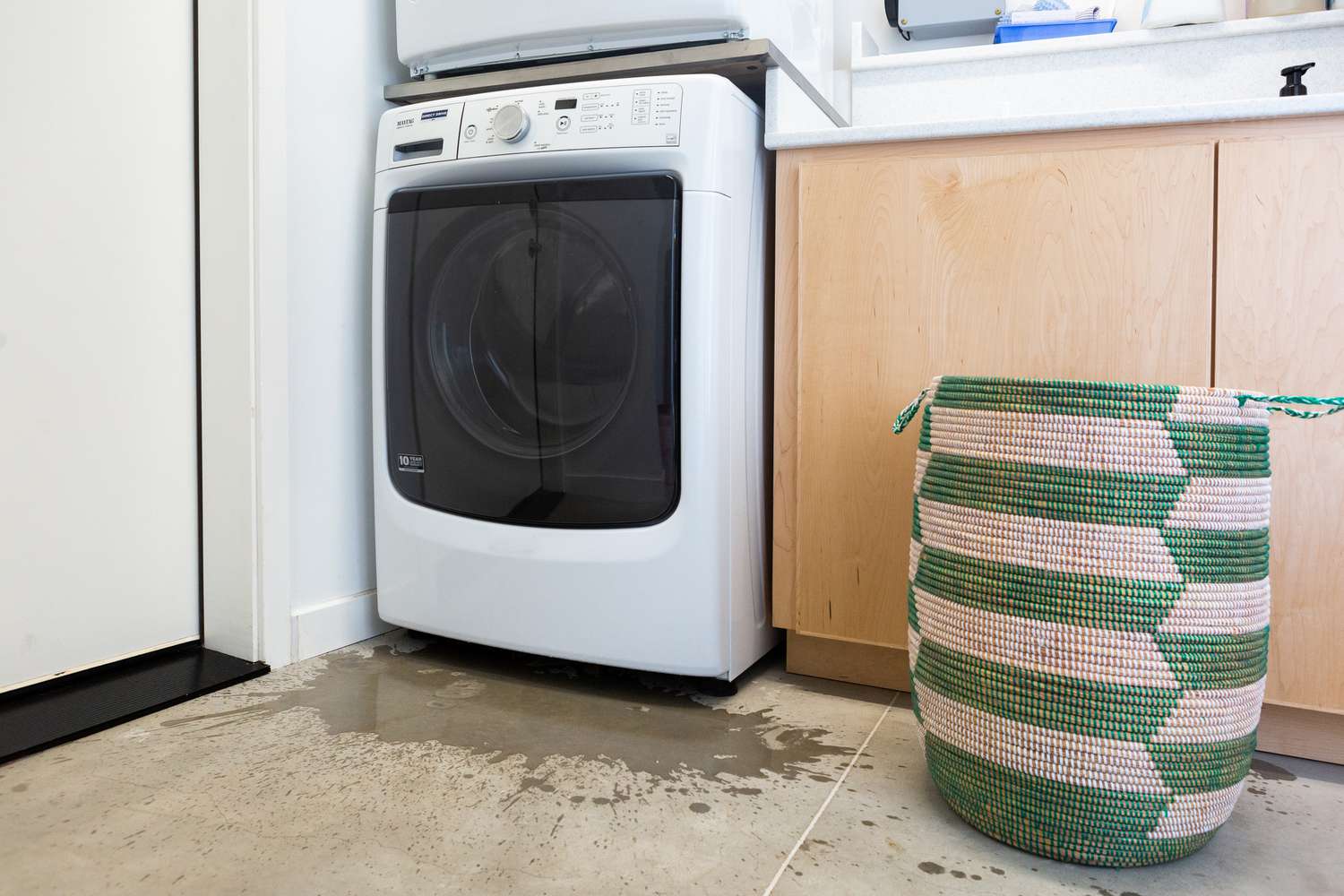

0 thoughts on “Why Is Water Dripping From My Overflow Pipe Water Heater”